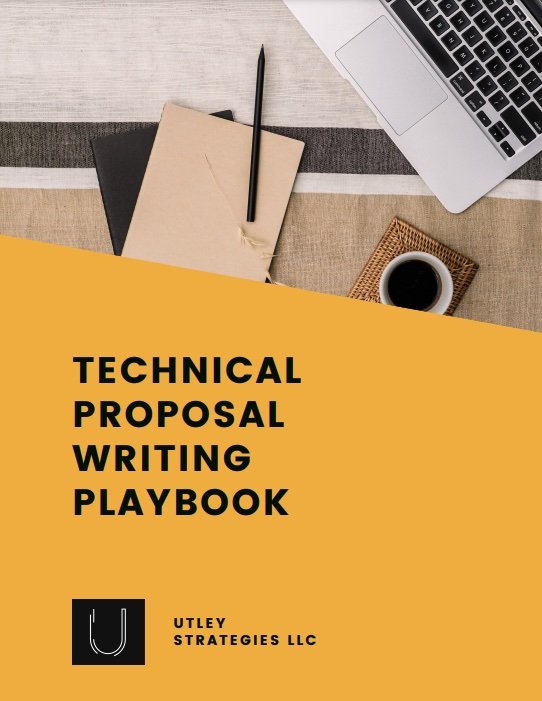Key Roles You Need to Use the Shipley Proposal Process
If you’ve heard of the Shipley Proposal Process, then you know that it is recognized as the leading approach to creating strategic proposals. While not every proposal has the time or priority to use the full process, when you have one that qualifies, Shipley can help you create your best proposal. Before you get started, however, it is important to make sure that you have a few key roles identified and assigned to make the process effective.
Proposal Manager
When you’re creating a proposal, it is important to have one person assigned to oversee all requirements, scheduling, and deliverable assignments. In this process, this person is the Proposal Manager. The Proposal Manager also typically leads any color team reviews. Establishing this role early will reduce confusion as your proposal development progresses.
Proposal Writer
Of course, the proposal writer is a critical role for any proposal creation. Many times the proposal manager also acts as the proposal writer. For more complex RFPs, however, it is recommended to have these two separated, and possibly even have multiple writers working together to create content. If you’re planning to have multiple revisions and reviews, the writers can trade off content to ensure a cohesive tone throughout content, and editing each others’ work reduces the potential for simple grammatical errors.
Voice of the Customer
This isn’t a role, per se, but it is important to have at least one person involved who knows the customer and can provide real insights. Oftentimes this is someone from sales, capture, or business development. You may have multiple people in this role bringing many perspectives. Understanding the customer is a key component of proposal development, especially using Shipley, and this is an important one to plan in advance.
Key Subject Matter Experts
While the proposal writers will create the content, subject matter experts are needed to guarantee that the content is accurate. Some proposals are highly technical and encompass many fields. Before the kickoff meeting, line up all key subject matter experts to ensure they are available to share insights, help create content, and review key sections of the proposal.
Evaluation Team
For your Red Team, you should have a few evaluators who have not seen the proposal before. Since schedules are often tight, it’s important to line up your evaluation team early to ensure they can make it. Larger proposals should have larger evaluation teams, but it’s best to have at least 3-5 people attend the Red Team and review the proposal. At least one of these people should not have been involved in the proposal development process, which will give you an unbiased perspective on the content.
Final Approvers
Since proposals involve so many team members, it sometimes can be hard to make a final decision on what should be included and what shouldn’t. To avoid this issue, have final approvers identified early in the process. They will review the final proposal and confirm that it is ready for submission.
Production
Some organizations still require physical copies of the proposal, and that means you need a production team ready to print your final response. This may be someone from the roles mentioned above, or it might be a completely different group (or even an outside printing organization). Whatever you decide, notify the production team early and ask that they block off their schedule to be ready to print and ship your proposal when it’s ready.
Download the *FREE* Technical Proposal Writing Playbook to improve your proposals today!
Next Steps
Now that you know who all you need to line up to use the Shipley Process, the next step is to start using it on your proposals! If you’re still feeling overwhelmed with applying this to a proposal, check out the Bid to Win training, which covers it in detail.





